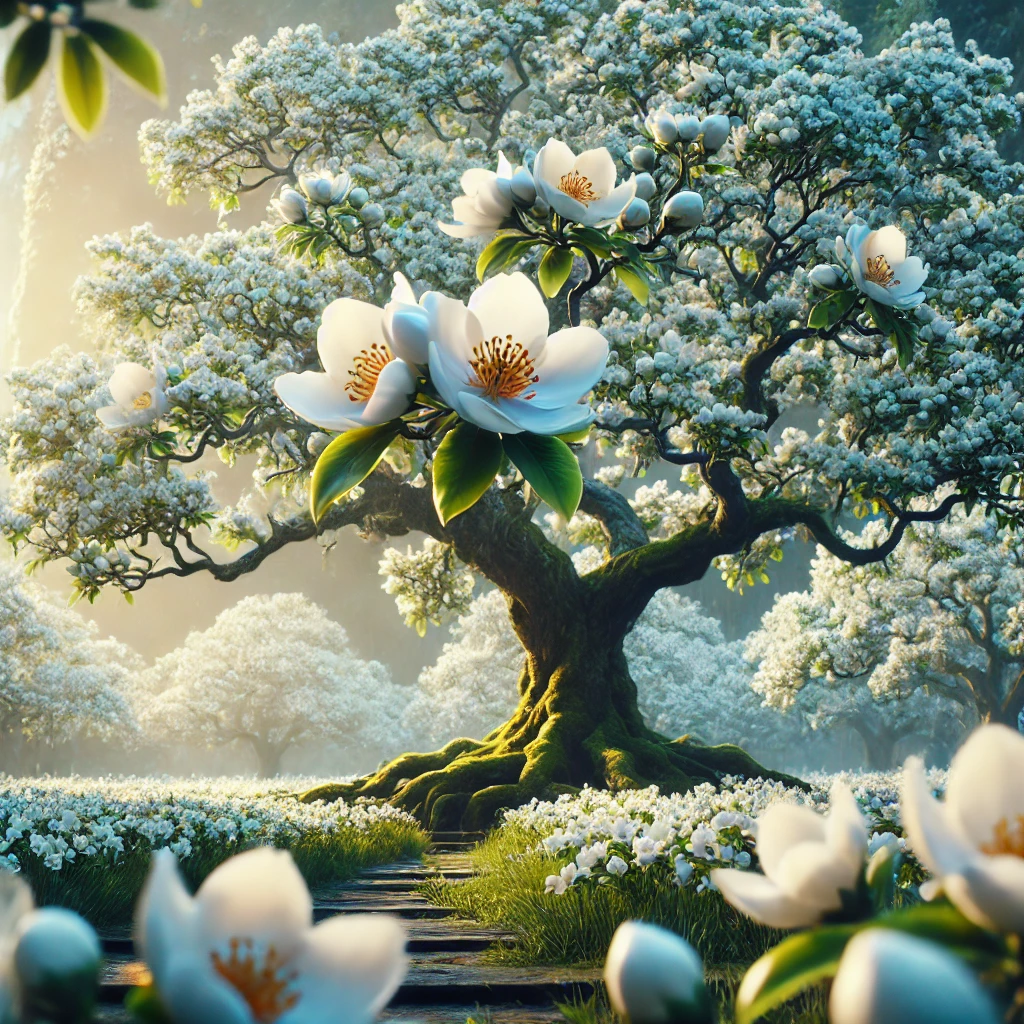The pink bloom tree is a stunning addition to any garden, known for its vibrant flowers that bring a touch of elegance and charm. Whether you’re an experienced gardener or just starting, this tree’s beauty and ease of care make it a perfect choice for creating a focal point in your yard. In this guide, we’ll explore the different varieties of pink bloom trees, how to plant and care for them, and why they should be a part of your landscaping.
What is the Pink Bloom Tree?

The term “pink bloom tree” refers to several tree species that produce beautiful pink flowers. These trees are celebrated for their soft, fragrant blossoms, which typically bloom in early spring or early summer, depending on the variety. Pink bloom trees can range in size from small ornamental trees to larger, shade-providing specimens. Popular examples include the Pink Dogwood and Cherry Blossom trees, both famous for their stunning, delicate flowers.
Originating from temperate regions, these trees thrive in environments that experience distinct seasons, including cold winters. The vibrant blossoms of the pink bloom tree have been revered in many cultures and often symbolize beauty, love, and renewal.
Varieties of Pink Bloom Trees
There are several varieties of pink bloom trees, each offering unique characteristics to suit different garden aesthetics. Here are some of the most popular ones:
- Pink Dogwood (Cornus florida)
This ornamental tree is a favorite for gardens, with its star-like pink flowers and attractive red berries. The Pink Dogwood blooms in early spring, providing a lovely contrast against the fresh green leaves. It thrives in well-drained soil and partial sunlight. - Cherry Blossom (Prunus spp.)
Cherry Blossoms are known for their breathtaking pink flowers that cover the tree in a blanket of color. They bloom in early spring and are often associated with Japanese culture. There are different types, such as the Yoshino Cherry, which produces pale pink flowers, and the Kwanzan Cherry, which has double pink blooms. - Pink Magnolia (Magnolia x soulangeana)
With large, showy pink flowers, the Pink Magnolia tree adds dramatic beauty to any landscape. Its blooms appear in early spring, often before the leaves fully open, creating a spectacular floral display. The Pink Magnolia is ideal for gardens looking for a striking tree that stands out. - Flowering Redbud (Cercis canadensis)
The Eastern Redbud is a small tree that produces clusters of vibrant pink flowers directly on its branches. This tree is perfect for smaller gardens and adds a splash of color before the foliage appears in spring.
How to Plant a Pink Bloom Tree

Planting a pink bloom tree is a rewarding task, and with the right steps, you can ensure the tree thrives in your garden. Here’s how:
- Choosing the Right Location
Pink bloom trees need plenty of sunlight to flourish. Choose a spot that receives at least 4-6 hours of direct sunlight each day. They also require well-drained soil, so avoid planting in areas prone to waterlogging. - Planting Steps
- Dig a hole that’s at least twice the width of the root ball but no deeper.
- Place the tree in the hole, ensuring the root ball is level with the surrounding soil.
- Fill the hole with soil, pressing down lightly to remove air pockets.
- Water thoroughly after planting to help the roots settle.
- Best Soil Conditions
Pink bloom trees prefer slightly acidic to neutral soil with a pH level between 6.0 and 7.0. Amending the soil with organic compost can help improve drainage and fertility, ensuring healthy growth.
Care Tips for Pink Bloom Trees
Once planted, pink bloom trees are relatively easy to care for. Here are some essential tips to ensure your tree thrives:
- Watering and Fertilizing
Keep the soil consistently moist, especially during dry spells. However, avoid overwatering, as this can lead to root rot. Use a balanced, slow-release fertilizer in the early spring to promote strong growth and beautiful blooms. - Pruning and Maintenance
Prune your pink bloom tree after it finishes flowering to maintain its shape and remove any dead or diseased wood. Light pruning helps improve airflow and allows sunlight to reach all parts of the tree. - Pest Control and Disease Prevention
Pink bloom trees are generally resistant to pests, but occasional issues with aphids or spider mites can occur. In such cases, use an insecticidal soap or a neem oil solution. Keep an eye out for fungal diseases like powdery mildew and treat with appropriate fungicides if needed.
Common Issues and How to Solve Them
While pink bloom trees are generally hardy, they can sometimes face certain challenges. Here are some common problems and how to address them:
- Leaf Spot
Fungal infections can cause dark spots on leaves. Remove affected leaves and apply a fungicide if necessary to prevent further spread. - Wilting
Wilting can result from underwatering or overwatering. Ensure the tree has proper drainage and water it when the soil is dry to the touch. - Poor Blooming
If your tree isn’t blooming, it could be due to inadequate sunlight or improper pruning. Ensure the tree gets enough sunlight and only prune after flowering to avoid cutting off the buds.
Why Choose Pink Bloom Trees for Your Garden?

Adding a pink bloom tree to your garden offers numerous benefits:
- Aesthetic Appeal
The pink blossoms add beauty, color, and elegance to your landscape, making it more vibrant and inviting. - Environmental Benefits
These trees improve air quality and provide shade, helping to reduce your garden’s overall temperature. They also attract pollinators, such as bees and butterflies, promoting biodiversity. - Attracting Wildlife
Pink bloom trees are excellent at attracting pollinators. The blossoms provide nectar for bees, and the fruit can attract birds, making it an eco-friendly choice for wildlife enthusiasts.
Conclusion
The pink bloom tree is a stunning and low-maintenance option for gardeners looking to add color and elegance to their landscapes. With proper care, these trees will reward you with years of beautiful blooms. Whether you choose the delicate Pink Dogwood, the magnificent Cherry Blossom, or the striking Pink Magnolia, each variety brings something unique to your garden. Embrace the beauty of the pink bloom tree and enjoy its charm for many seasons to come.
For more gardening tips and products, visit our website.









